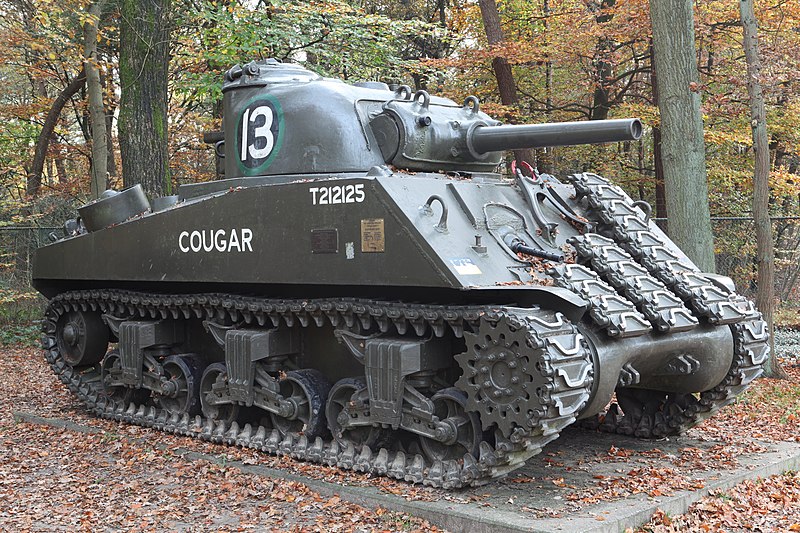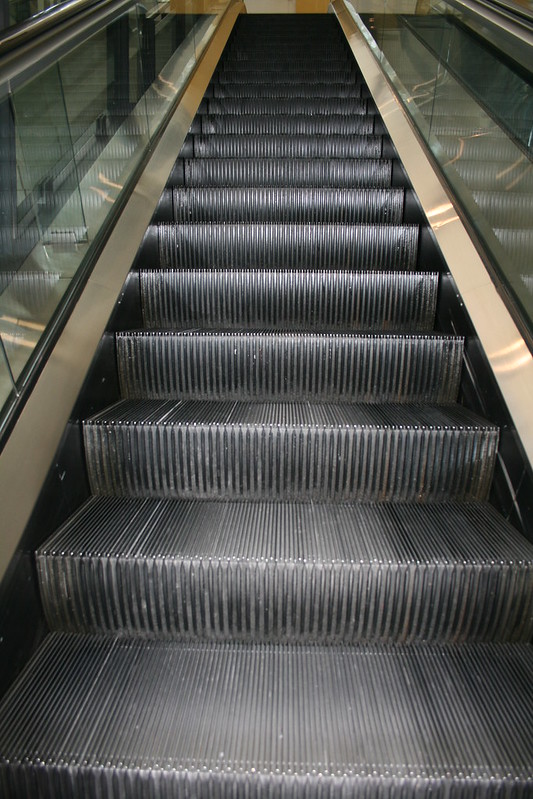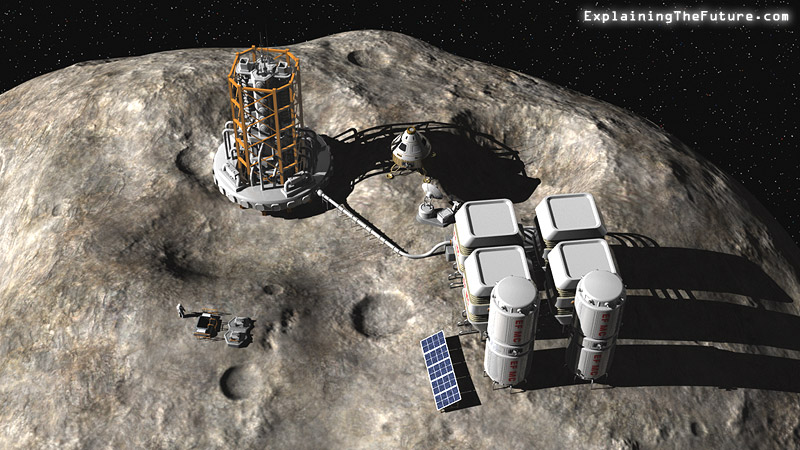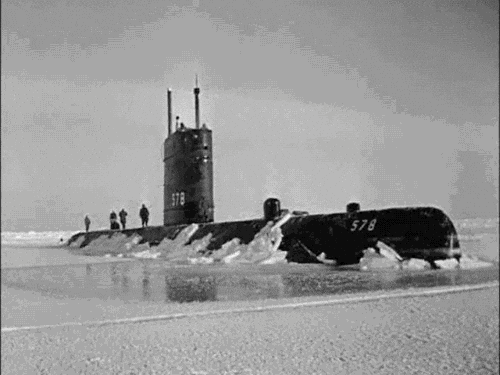Intro
In this article, we will go over the interesting history of the tank from World War 1 to World War 2.
World War I
The long history of tanks goes back to 1914 when the British ordered American Holt tractors to be shipped from America for trials. A British engineer by the name of Lt. Col. Ernest Swinton took an interest in the tests. After World War I started, he suggested making a machine to cross the wide trenches and bust the front lines of WWI. Soon after some tests by Britain, they concluded that the Holt tractor was unsatisfactory. A few more tractors were tested but came out negative, yet the tests kept on going. Finally, after an engineer named William Tritton finished and dubbed it “Little Willie.”
However, the trench crossing idea was not working out due to the length of the tank. This would later be solved by the rhomboidal design developed by Walter Gordon Wilson. These vehicles were in the new line of “Big Willie” AFVs and were the first actual tanks. Actually the name “tank” was only introduced later in the design period because the British wanted to surprise the Germans with an all-out attack.
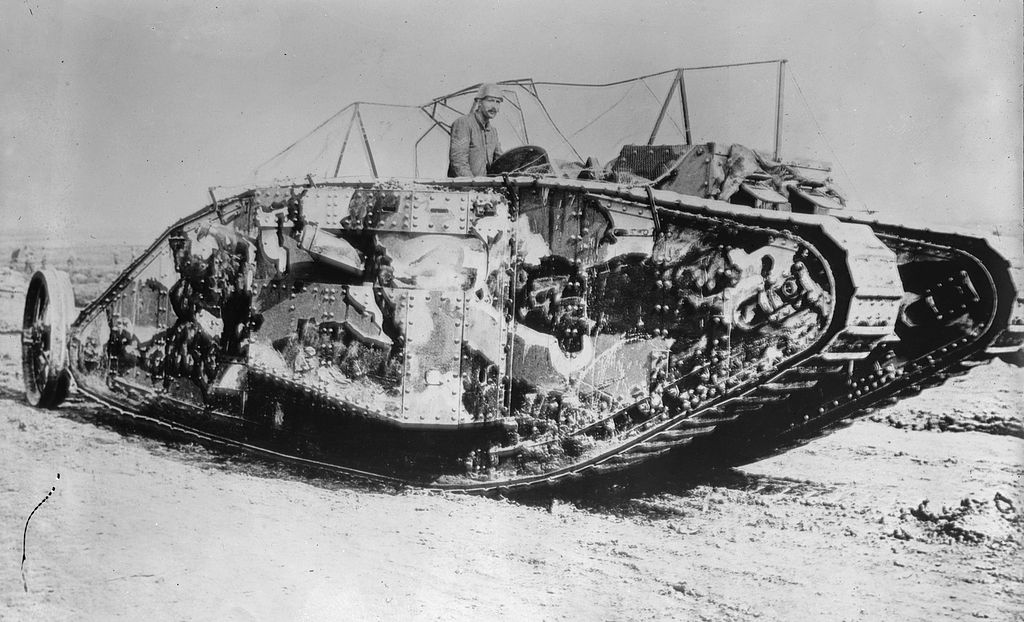
The first recorded use of tanks on the battlefield was in the Battle of the Somme on July 1st, 1916. Although the performance was lackluster, the British government saw the potential and designed more. The first success of the tank was during the battle of Cambrai where the tanks penetrated a 7-mile front. Although this was a major victory for the British forces, an even more astounding victory came around a year later in the battle of Amiens. The day August 8, 1918, was dubbed “Black Day” by the Germans.
The Interwar Period
The interwar period was a time of great innovation for the tank. Many countries including America started producing their own armored vehicles and tanks were separated into multiple groups; light, medium, and heavy. An extremely important inventor during this period was J. Walter Christie, who designed the Christie suspension. He originally worked with the US government but when those attempts proved futile, he moved to foreign countries to make tanks for them.
Because of the catastrophic results of the Treaty of Versailles, many Germans were mad at the Allies so they violated the treaty by producing more tanks and armaments. It was because of this head-start by the Germans, that their tanks were far more advanced than the rest of the world at the start of WW2.
World War II
The war where tanks evolved the most was during the Second World War this was the war where the most amount of tanks were seen. All countries participating in this war employed tanks to some degree. Tanks were a universal weapon at this time. Germany led with technological advancements, while the US and the Soviet Union met their better tanks with raw numbers.
A Panzer IV tank
A tank employed by the Germans was the infamous Panzer line of vehicles. These tanks were the most widely used by Hitler’s army. There were other tanks fielded by the Germans including the King Tiger and the Panther, the latter meant to replace the Panzer.
American design focused on reliability and replaceability, as shown in the widely produced M4 Sherman tanks. The Sherman numbers easily ascended to the 50,000s and was sent to countries such as; China, Russia, Britain, and many others. The Sherman was also known for its modifiable frame with many variants like the Firefly, which replaced the near obsolete 76mm gun with a heavier 17-pounder gun.
The Russians had a slower start to tank production. Because the Germans invaded so for into Russian territory, most of their factories were destroyed in the process. After the Russians moved their factories further east, they started producing the famous T-34 which spearheaded the pushback at the Germans. The number of T-34s, and now the T-34/76 just overwhelmed the fewer German tanks and sent the Panzer division retreating across their own border. The before-mentioned T-34/76 was a new and improved version. The new version came out with a larger turret and enhanced armor, gun, and overall better performance. In the end, I think the T-34/76 made the largest impact on the war due to its numbers and performance.
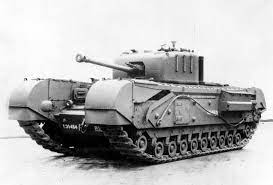
A Churchill IV
British in my opinion, were closer to the Germans in the field of tank design. They had many variants of tanks, such as the Cruiser and Churchill. At first, the Churchill had an underwhelming performance but was later improved and turned into one of the most potent tanks used by the Allies. Known to be able to climb the highest of slopes with ease, the Churchill was a force to be reckoned with.
Summary
In this article, we went over the developments and tanks that were fielded during WW1 and WW2, including the period in between. This was a very short description and there are many other topics that would make this article too long. – Thanks for reading!
Related Articles
https://en.wikipedia.org/wiki/History_of_the_tank#World_War_II
https://www.iwm.org.uk/history/how-britain-invented-the-tank-in-the-first-world-war
https://www.britannica.com/technology/tank-military-vehicle
https://en.wikipedia.org/wiki/Tank
https://www.defense.gov/News/Feature-Stories/story/Article/1994363/tanks-reigned-supreme-on-wwii-battlefields/
Take Action
https://www.iwm.org.uk/history/how-britain-invented-the-tank-in-the-first-world-war
